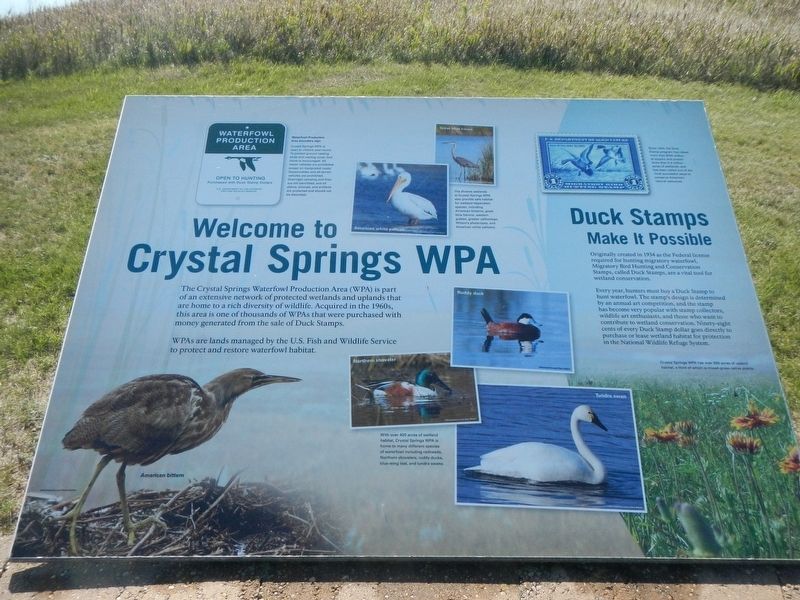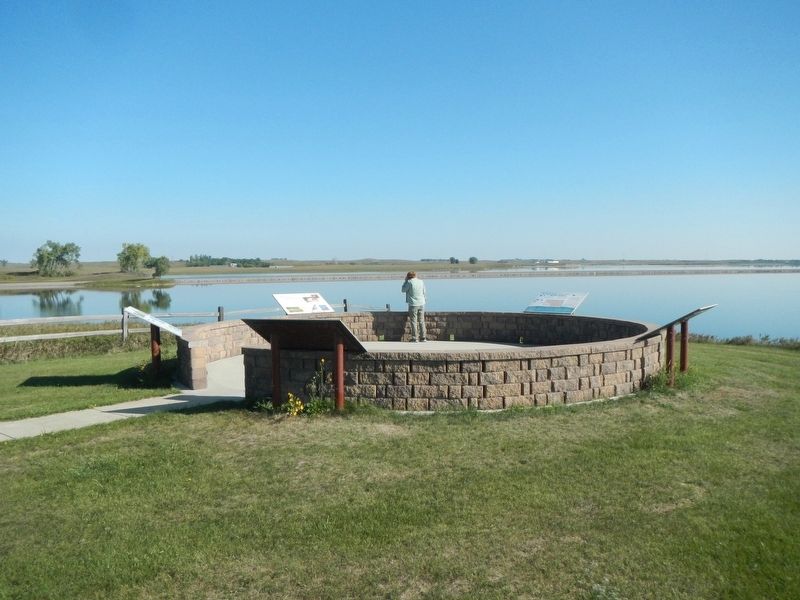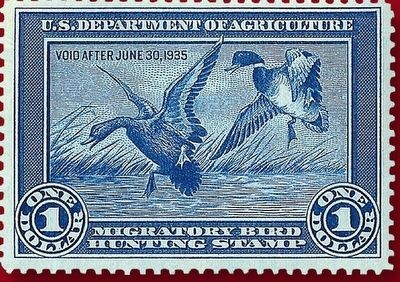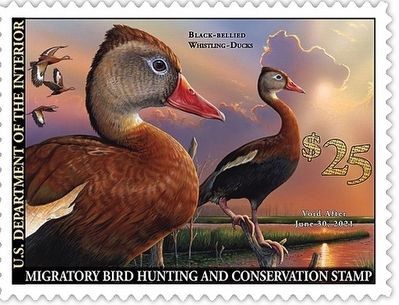Near Crystal Springs in Stutsman County, North Dakota — The American Midwest (Upper Plains)
Welcome to Crystal Springs WPA

Photographed By Barry Swackhamer, September 9, 2020
1. Welcome to Crystal Springs WPA Marker
Captions: (upper left) Waterfowl Production Area boundary sign. Crystal Springs WPA is open to visitors year-round. To protect ground nesting birds and nesting cover, foot travel is encouraged. All motor vehicles are prohibited except on designated roads. Snowmobiles and all-terrain vehicles are prohibited. Overnight camping and fires are not permitted, and all plants, animals, and artifacts are protected and should not be disturbed.; (upper center) American white pelican; Great blue heron; The diverse wetlands at Crystal Springs WPA also provide sage habitat for wetland-dependent species, including American bitterns, western grebes, greater yellowlegs, Wilson's phalaropes, and American white pelicans.; (upper right) Since 1934, the Duck Stamp program has raised more than $750 million to acquire and protect more than 5.5 million acres of wetlands, and has been called one of the most successful ways to conserve America's natural resources. (bottom) American bittern; Northern shoveler; Ruddy duck; Tundra swan; With over 400 acres of wetland habitat, Crystal Springs WPA is home to many different species of waterfowl including redheads, Northern shovelers, ruddy ducks, blue-wing teal, and tundra swans.; Crystal Springs WPA has over 600 species of upland habitat, a third of which is mixed-grass native prairie.
WPAs are lands managed by the U.S. Fish and Wildlife Service to protect and restore waterfowl habitat.
Originally created in 1934 as the Federal license required for hunting migratory waterfowl, Migratory Bird Hunting and Conservation Stamps, called Duck Stamps, are a vital tool for wetland conservation.
Every year, hunters must buy a Duck Stamp to hunt waterfowl. The stamp's design is determined by an annual part competition, and the stamp has become very popular with stamp collectors, wildlife art enthusiasts and those who want to contribute to wetland conservation. Ninety-eight cents of every Duck Stamp dollar goes directly to purchase or lease wetland habitat for protection in the National Wildlife Refuge System.
Erected by U.S. Fish and Wildlife Service.
Topics. This historical marker is listed in these topic lists: Environment • Natural Resources. A significant historical date for this entry is March 16, 1934.
Location. 46° 52.431′ N, 99° 26.31′ W. Marker is near Crystal Springs, North Dakota, in Stutsman County. Marker is on Interstate 94 at milepost 223 near 47th Avenue Southeast, on the right when traveling west. The marker is located at the Crystal Springs/St. Paul Rest Area Westbound. Touch for map. Marker is in this post office area: Medina ND 58467, United States of America. Touch for directions.
Other nearby markers. At least 6 other markers are within 14 miles of this marker, measured as the crow flies. Chase Lake NWR and the American White Pelican (here, next to this marker); Chase Lake Prairie Project (here, next to this marker); The Missouri Coteau - North America's Duck Factory. (here, next to this marker); The National Wildlife Refuge System in North Dakota (about 400 feet away, measured in a direct line); Sibley Trail (approx. 12.1 miles away); Dr. J.S. Weiser (approx. 13.7 miles away).
Also see . . . Federal Duck Stamp -- Wikipedia. President Herbert Hoover signed the Migratory Bird Conservation Act in 1929 to authorize the acquisition and preservation of wetlands as waterfowl habitat. The law, however, did not provide a permanent source of money to buy and preserve the wetlands. On March 16, 1934, Congress passed, and President Roosevelt signed, the Migratory Bird Hunting Stamp Act, popularly known as the Duck Stamp Act. (Submitted on December 21, 2020, by Barry Swackhamer of Brentwood, California.)
Credits. This page was last revised on December 21, 2020. It was originally submitted on December 21, 2020, by Barry Swackhamer of Brentwood, California. This page has been viewed 230 times since then and 16 times this year. Photos: 1, 2, 3, 4. submitted on December 21, 2020, by Barry Swackhamer of Brentwood, California.


